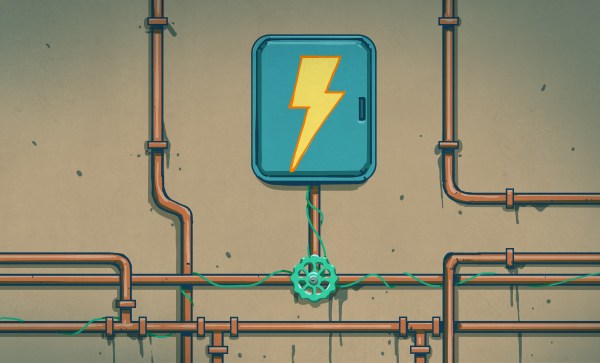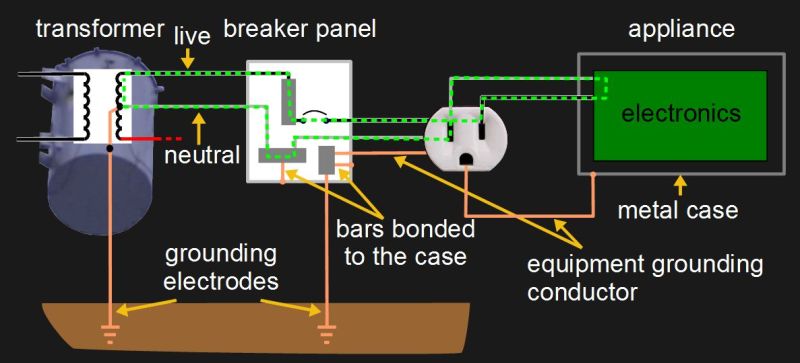The random seaside holidays of Hackaday staffers rarely sow the seeds of our articles, but my most recent trip had something slightly unusual about it. I was spending a couple of days in a resort town on the Isle of Wight, just off the coast of Southern England, and my hotel was the local outpost of a huge chain that provides anonymous rooms for travelling salesmen and the like. I could probably find an identical place to lay my head anywhere in the world from Anchorage to Hobart and everywhere in between.
My room though was slightly different to the norm. By chance rather than necessity I’d been assigned one of the hotel’s accessible rooms, designed with people with disabilities in mind. And once I’d reached the limit of the free amusement that the digital TV channels of Southern England could provide, my attention turned to the room itself, eyeing up its slightly unfamiliar design features as an engineer.


















